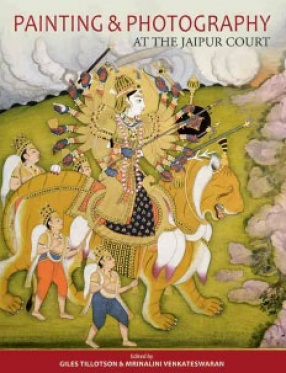
Showing all 8 books

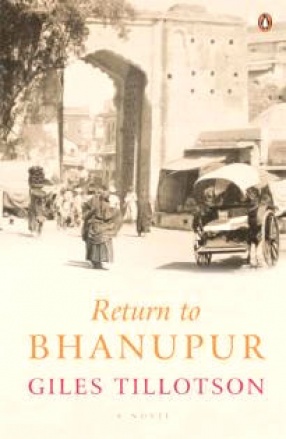
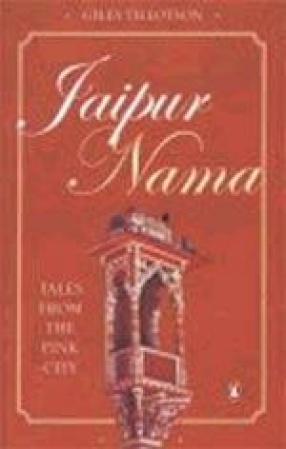

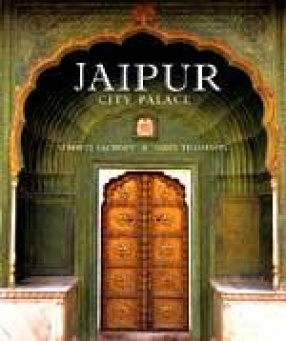

From its very inception in 1727, Jaipur has drawn upon the arts to carve a niche for itself. This book tells the story of the visual arts in Jaipur over a period of more than two centuries, highlighting the dual roles of its rulers as patrons who commissioned works from their own court artists, and as collectors who acquired works from elsewhere. In the special case of Maharaja Sawai Ram Singh II, it also encompasses the creation of art, as he was an accomplished ...
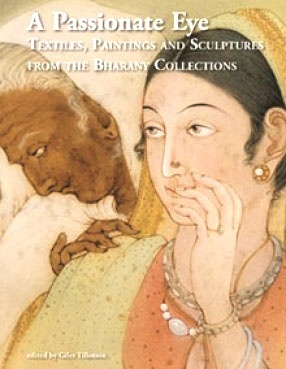
Rarely in the history of collecting art in India has a father-son duo remained involved for as long as the Bharanys of Amritsar and Delhi. This book tells the remarkable tale of the aesthetic adventure of two generations of Bharanys – Radha Krishna and his son Chhotelal, spanning over a century.
It begins with an essay by Pratapaditya Pal placing the role of the Bharanys in the wider context of collecting in this field. This is followed by Chhote ...

It is the first duty of kingship to be as the people wish to see me. This fictional account of events in the court of the princely state of Bhanupur, a hundred years ago, is a tale of intrigue, politics and image-building. What was going through the mind of Maharaja Amar Singh II in the key moments of his reign? How much did he rely on the advice of his clever prime minister Chatterjee, the wily Bengali? How did he solve sensitive issues like undertaking a voyage ...
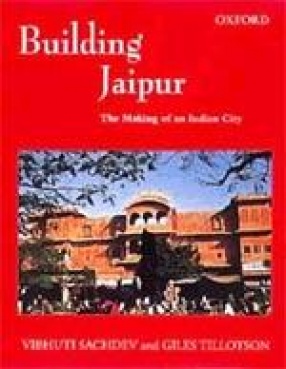
Jaipur in Rajasthan is famous for its palaces and museums, its craft traditions and its characteristic pink shops and houses. A planned city within walls, it was built in pre-modern times according to a distinctive Indian body of theory known as vastu vidya. Later, as Indian architecture developed in response to British and subsequent post-colonial policies, this system became increasingly marginalized and fragmented, decreasingly practised and understood. A ...

This volume presents the characteristic traditional architecture of Rajasthani towns and cities : the stone-built forts, palaces, and havelis, temples, tanks, and kunds, from the 16 century onwards when the region developed the distinctive style of domestic and civic architecture for which it is well known. The articles, written by experts in diverse fields, illustrate how these great and beautiful structures were first conceived, constructed, and inhabited. ...

Jaipur Nama is the story of one of India's most fascinating cities, as seen through the eyes of both its residents and its visitors, who witnessed and recorded different moments in Jaipur's history between the 18 and the 20 centuries. The triumphs, follies and foibles of its rulers, the passion and drama of palace intrigues, the splendour of royal rites and entertainments, and the bustle and energy of its bazaars and ateliers, all come to life through the vivid ...

A study of Tod's collection of Mewar painting, equestrian portraits and coins in the Royal Asiatic Society and Tod's role in and importance to the historiography of Rajasthan.

The City Palace in Jaipur was established in 1727 by one of the most distinguished figures in Indian history, Maharaja Sawai Jai Singh II, who is remembered today as a statesman and astronomer. From the date of its foundation until 1949, his palace served as the main residence of Sawai Jai Singh's successors and as the centre of the Jaipur court administration. Today the palace includes a privately owned museum of courtly arts. Historically one of ...
